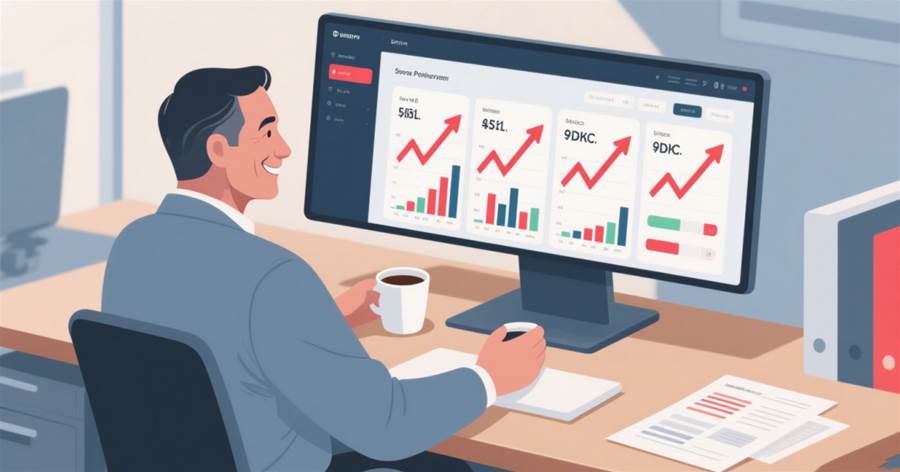The Postpartum Journey: Navigating Baby Blues and Embracing Life as a New Parent
Baby Blues and Life After Giving Birth
Summary: This article discusses the phenomenon of "baby blues" and the challenges women face in the postpartum period. It emphasizes the need for support and understanding during this time, as well as the importance of self-care and seeking professional help if necessary.
The period following childbirth can be an emotional rollercoaster for many women. While the arrival of a new baby is often joyful, it can also bring about feelings of sadness, mood swings, and anxiety.
This is commonly known as the "baby blues."
The baby blues typically occur within a few days of giving birth and can last for up to two weeks. They are thought to be caused by hormonal changes, physical exhaustion, and the overwhelming adjustments to motherhood. Symptoms can vary but often include tearfulness, irritability, difficulty sleeping, and feelings of being overwhelmed.
It is essential for women to understand that experiencing the baby blues is a normal and common occurrence.
Many new mothers go through this phase, feeling a mix of emotions that can catch them off guard. It's important to acknowledge and allow these feelings to be expressed without judgment or guilt.
Support from loved ones and healthcare professionals during the postpartum period is crucial. Partners, family members, and friends should be understanding and patient, offering assistance with household chores, caring for the baby, and providing emotional support.
Every woman's experience is unique, but having a support system can help alleviate some of the challenges that come with adjusting to life after giving birth.
Self-care is also a vital aspect of navigating the baby blues. Women should prioritize taking care of themselves physically and mentally. This includes getting enough rest, eating nutritious meals, and engaging in activities they enjoy. Exercise, even if it's just a short walk outside, can also help improve mood and overall wellbeing.
The article is not finished. Click on the next page to continue.
The article is not finished. Click on the next page to continue.




















